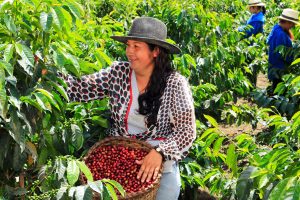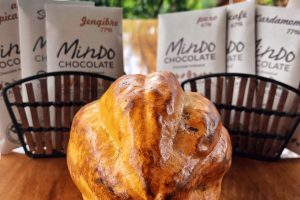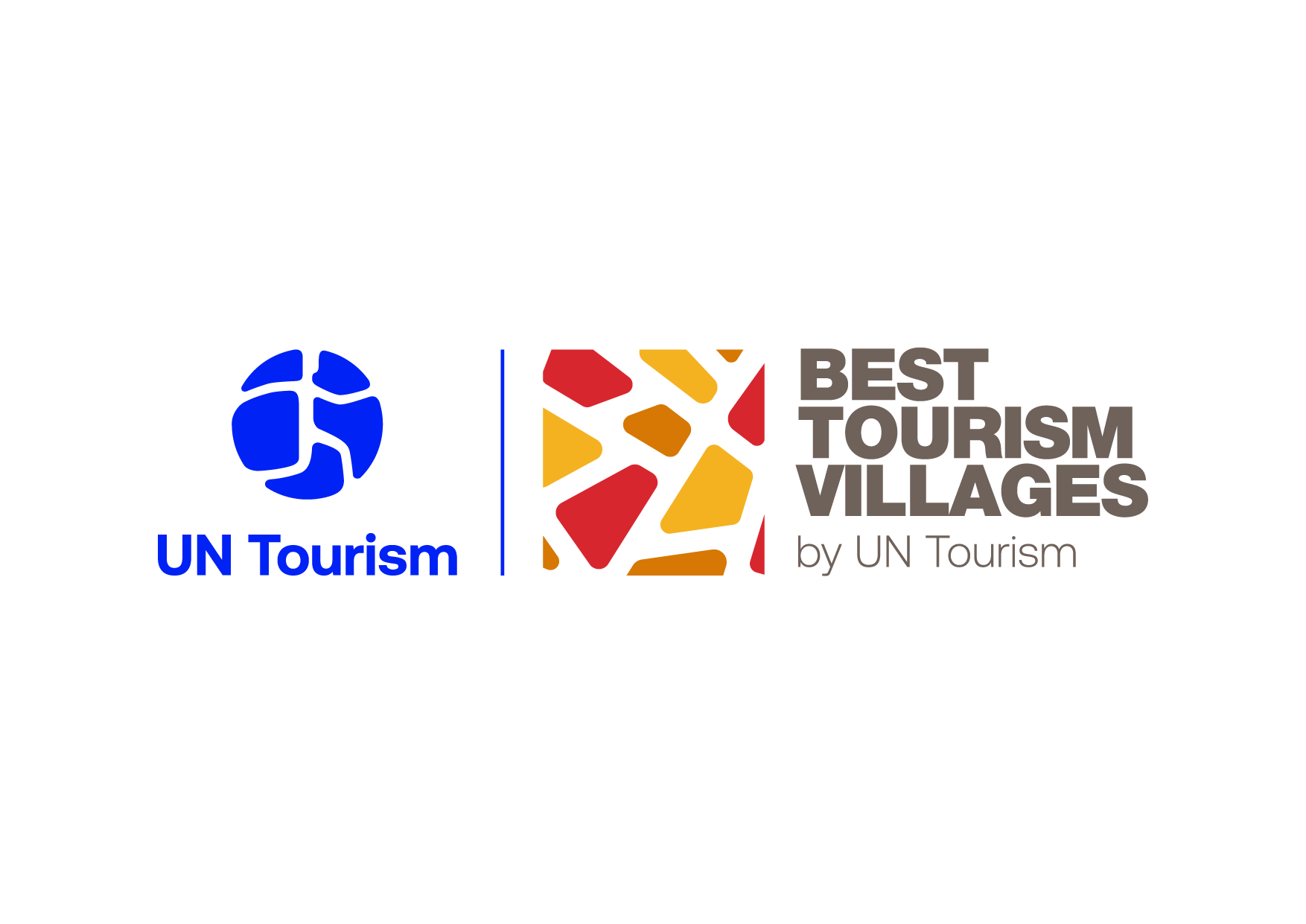Established as a parish on May 20, 1861, during the presidency of Gabriel García Moreno, Mindo has a rich history as a vital link between coastal and highland communities. Originally populated by the Yumbo-Nigua settlements, this area attracted residents from Esmeraldas, Carchi, and Colombia, contributing to its cultural diversity. Over the years, Mindo evolved from a center for rubber and incense collection to a thriving community focused on conservation, tourism, and local development.
HIGHLIGHTS
-

Historical Significance and Cultural Diversity
Mindo’s historical roots trace back to early agricultural practices and trade, with inhabitants engaging in the collection of valuable resources like rubber, starch, and fine timber. The establishment of roads facilitated economic growth, leading to deforestation and a shift towards cattle farming. In response to environmental degradation, local initiatives emerged to promote conservation and sustainable development, highlighting Mindo’s resilience and commitment to its natural heritage.
-

Ecotourism and Sustainable Practices
Today, Mindo is renowned for its ecological and cultural tourism, showcasing agroecological farms producing healthy foods and artisan goods. The community actively promotes conservation efforts in the cloud forest, creating a harmonious balance between tourism and environmental stewardship. Local tours emphasize the significance of preserving biodiversity, fostering appreciation for the unique flora and fauna found in this enchanting region.
-

Adventure Tourism Experiences
Mindo offers a range of thrilling activities for visitors seeking adventure. Guided night walks allow tourists to explore the rich biodiversity of the cloud forest, while extreme sports like canonopy and tubing provide adrenaline-fueled experiences. With expert guides like Edyton Arias leading nighttime excursions and entrepreneurs like Manuel Sibaja introducing exhilarating outdoor activities, Mindo is quickly becoming a hotspot for eco-adventurers and nature enthusiasts alike.

